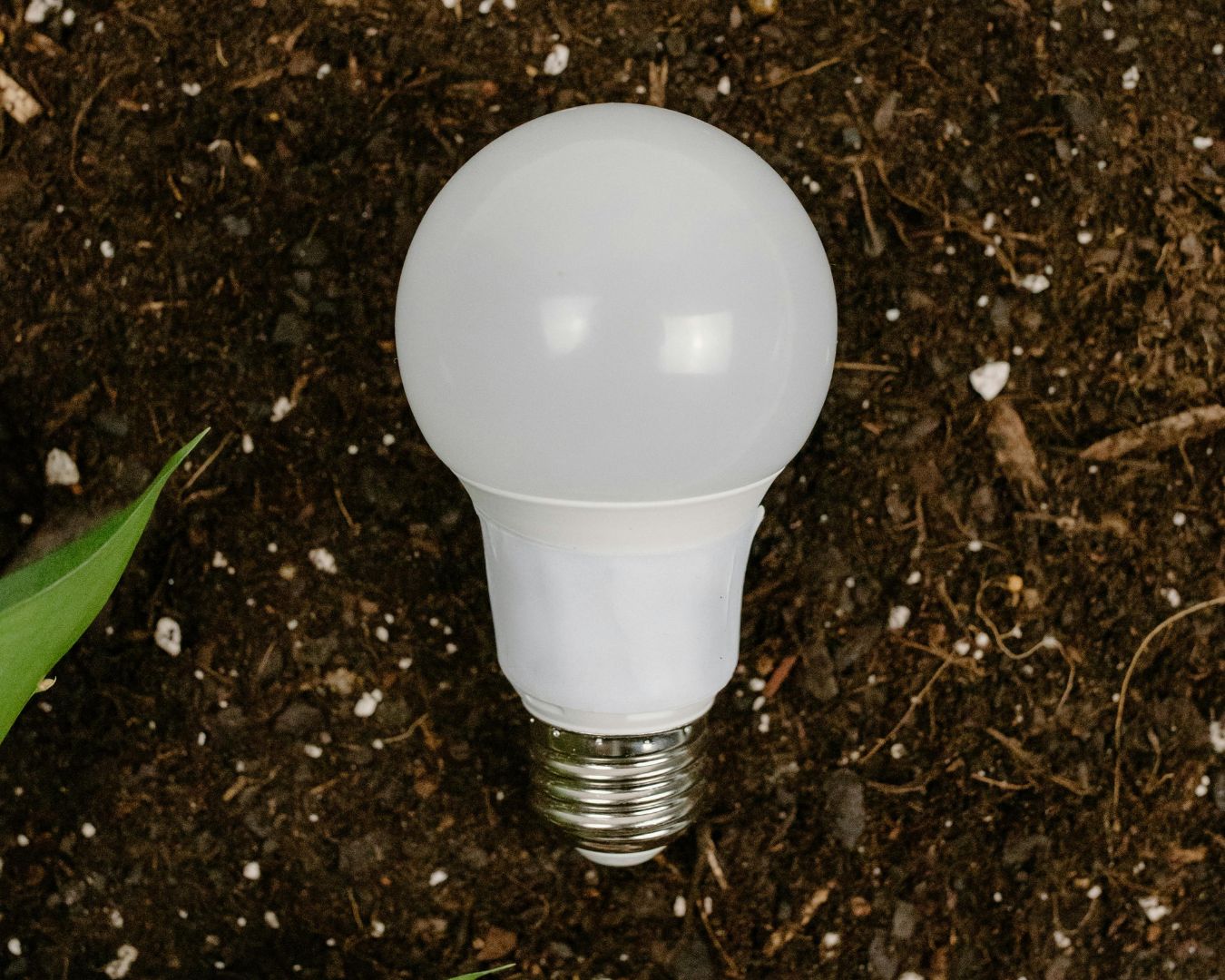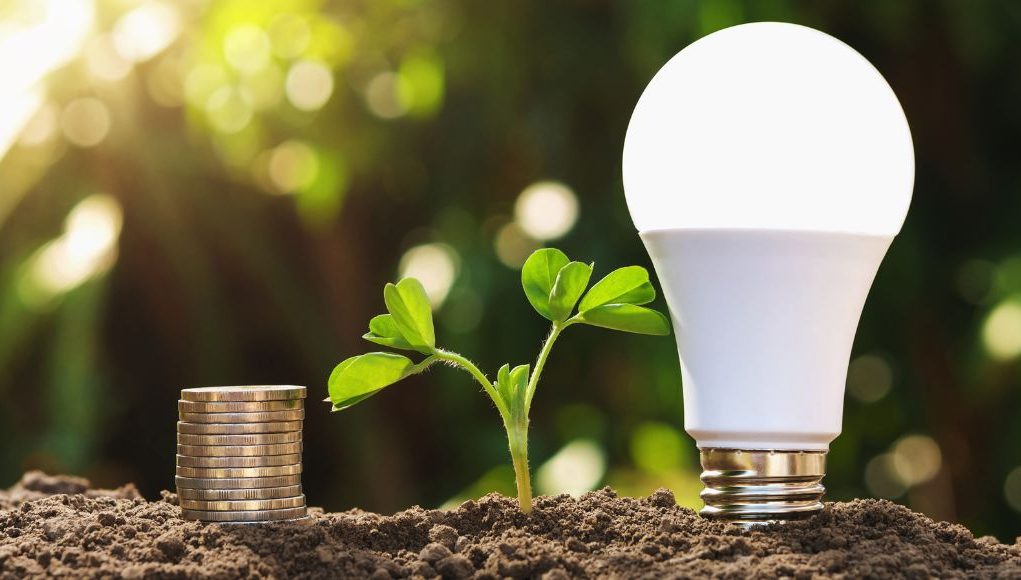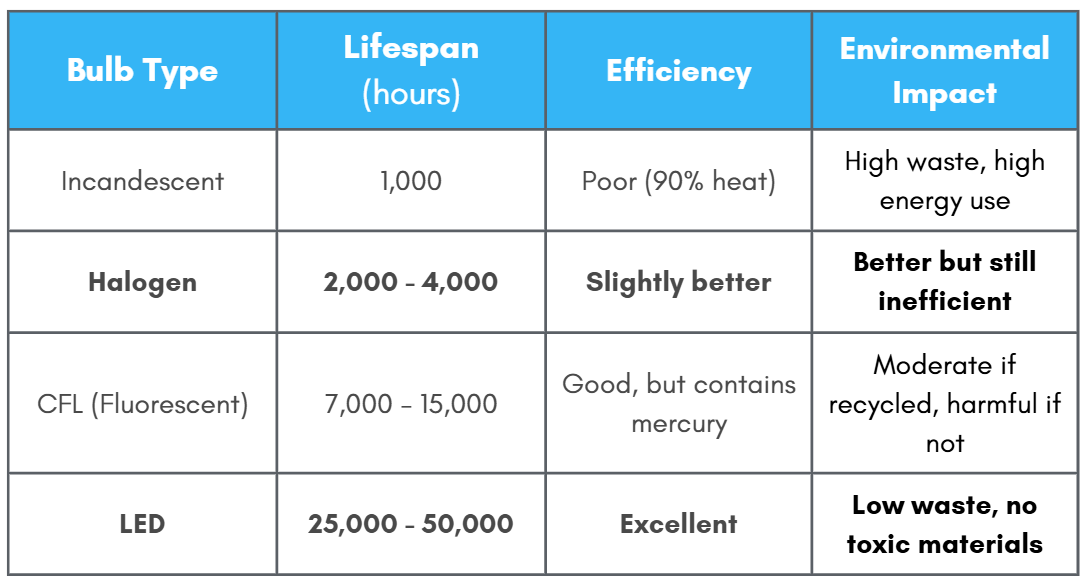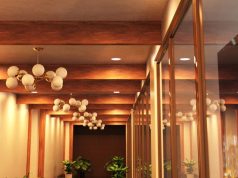When was the last time you changed a lightbulb?
If you had to think about it… GOOD. That’s the point. Lighting might not be the most glamorous topic, but when it comes to sustainability, your humble bulb plays a brighter role than you might think.
You don’t need to be an eco-warrior to understand how important lighting lifespan is. It could be that you just find it a hassle changing light bulbs. And that’s okay. That, believe it or not, already makes you a great contributor to making greener, smarter choices when it comes to lighting.
And that’s what we’re going to illuminate in this guide (yup, that was a pun) on why long-life bulbs matter, how to reduce light bulb waste, and what to do when your lighting finally does give up.
What Determines a Light’s Lifespan?
Remember that scene in Harry Potter when he held his wand for the first time, and there was a majestic light that glowed around him? Yeah, sorry to burst your bubble, but a light’s lifespan isn’t determined like that.
So, what decides how long a bulb lasts? That’s what we’ll discuss below.
But first, you have to understand that every bulb has a rated lifespan, usually measured in hours. Traditional incandescent bulbs might last around 1,000 hours. Fluorescents? Around 8,000 hours. LEDs? A whopping 25,000 to 50,000 hours. That’s several years of use. LEDs are basically the tortoises of lighting.
There are different factors that are considered to determine the lifespan of a light:
- Filament or diode durability – Unlike incandescent or fluorescent bulbs that tend to fail abruptly, LEDs slowly dim instead of “burning out.”
- Heat generation – more heat equals faster degradation.
- Switching frequency – Ever got scolded by your parents because you were playing with the light switches? For good reason. Some lights wear down quickly if turned on and off constantly.
- Voltage fluctuations – Spiky power? Unhappy bulbs. Steady power? Healthy bulbs. Easy.
- Quality of manufacturing – Cheap lights are cheap for a reason.
Beyond hours and watts, longevity is about designing smarter, not just brighter.
Waste Impact of Short-Lived Bulbs
Here’s the gist: The shorter-lived the light bulb is (think fluorescent, incandescent, or halogen), the faster they go to the trash and into the landfill, and of course, the faster that landfill… well, fills.
A single household might go through dozens of these bulbs every few years. Multiply that by millions of homes and businesses, and we’ve got a serious trash problem.
Each year in the UK alone, around 100 million fluorescent tubes are still in use, and a large chunk of those still end up in landfills. While the materials in lighting (like glass, metal, and even traces of mercury in fluorescents) are recyclable, improper disposal leads to environmental harm.
A single fluorescent tube’s mercury content alone has the capacity to contaminate up to 30,000 litres of clean water if disposed of improperly. And there’s 100 million still in use!
Short-lived bulbs:
- Clog up waste streams
- Release harmful substances if broken
- Require more energy to manufacture and transport over time
All these environmental headaches for a few hours of light. Yikes. It’s a good thing LEDs were invented.

How LEDs Reduce Waste Volume
Enter: LED. The hero we all deserve. Quietly efficient, absurdly long-lived, and remarkably waste-averse. Do we need to say more? Just kidding. That’s why we’re here.
LEDs don’t just last long. They last so much longer than traditional lighting that the difference is staggering. Let’s paint a quick picture—using simple math, of course (it’ll be fine, promise):
Say you have one light fitting used for five hours a day.
- With an incandescent (shortest lifespan 1,000 hours), you’ll replace the bulb roughly every 6.6 months.
- With fluorescent (the shortest lifespan is 7,000 hours), you’ll replace the bulb/tube about every 3.89 years (46.67 months).
- With an LED (shortest lifespan 25,000 hours), replacement will be every 13.83 years (166.67 months).
See the gaping difference? That’s dozens fewer bulbs going to the landfill if all households and establishments used LEDs exclusively for their lighting needs.
Even better? Many LED products are modular, meaning you can replace individual parts (like drivers, lenses, or bezels) rather than chucking the whole unit. That’s like replacing the tires on your car instead of the whole car every time you get a flat.
Plus, LEDs are manufactured to be pro-planet:
- No harmful mercury inside (unlike CFLs)
- Lower energy use = lower carbon dioxide output (less carbon footprint)
- Durability = fewer shipping miles and packaging waste
You see now? LEDs aren’t just great for your wallet and bank accounts—they’re good for the environment too. That’s like the best side effect any product could wish they have.
You can read more on how you can be more “green” with your lights here: Lighting and Sustainability: A Greener Future.
Comparing Lifespans Across Technologies
If you’re still on the fence despite all the positive things you’ve heard or read about LED life expectancy, then maybe something more visual and direct will push you over to the “Light Side”.
Introducing the ol’ comparison table:
Note: Your nan’s collection of 40-watt bulbs from 1982? Don’t even think of using them as lighting for your home now. Store them well, or dispose of them properly if need be.
LED lights have an unfair advantage in everything. They have the longest lifespan, consume the least energy, and create the least energy waste.
Responsible Bulb Disposal Tips
We’ve been talking about waste and disposals. So what do you do when your bulb burns out? And how to dispose of different types of lighting properly—without causing a light-pocalypse?
Here are a few tips:
Incandescent & Halogen
These can usually go in your general waste, as they don’t contain hazardous materials. However, check with your local council—some areas offer lamp recycling points.
CFLs & Fluorescent Tubes
Do NOT bin these. They contain mercury, which is dangerous if released. Again, a single drop of mercury can easily contaminate 30 litres of water. (That’s a lot!) Instead:
- Take them to a household waste recycling centre
- Use designated lamp recycling bins at hardware stores or supermarkets
In other words, let the experts handle the disposal for you. Just make sure you get it to where the experts are.
LEDs
While LEDs are safer than fluorescents, they still contain electronic components, which means they’re classed as WEEE (Waste Electrical and Electronic Equipment).
That means:
- Recycle at a WEEE collection point
- Ask your local council or retailer about take-back schemes
- Never smash and bin them—even when venting out your frustrations
Always check with your supplier or local hardware store if they offer lamp recycling services. Some might even compensate you with a discount or coupon for helping out to make our environment cleaner. You just got to look.
Final Thoughts: Long Life, Less Waste, More Light
When talking about sustainability, it might be easy to set aside lighting, but in reality, it’s one of the easiest ways to cut your environmental footprint.
Long-life bulbs like LEDs don’t just save you the hassle of constant replacements—they drastically reduce landfill waste, toxic materials, and energy use over time. In other words, Mother Nature will love you for just using LED lights.
So next time you’re installing a new light bulb, pause for a moment. Consider the lifespan. Consider the waste. Smart lighting is not just about the fancy features.
If you need help picking the perfect long-life lighting solution, you can check out Simple Lighting’s wide range of LED light bulbs today.














